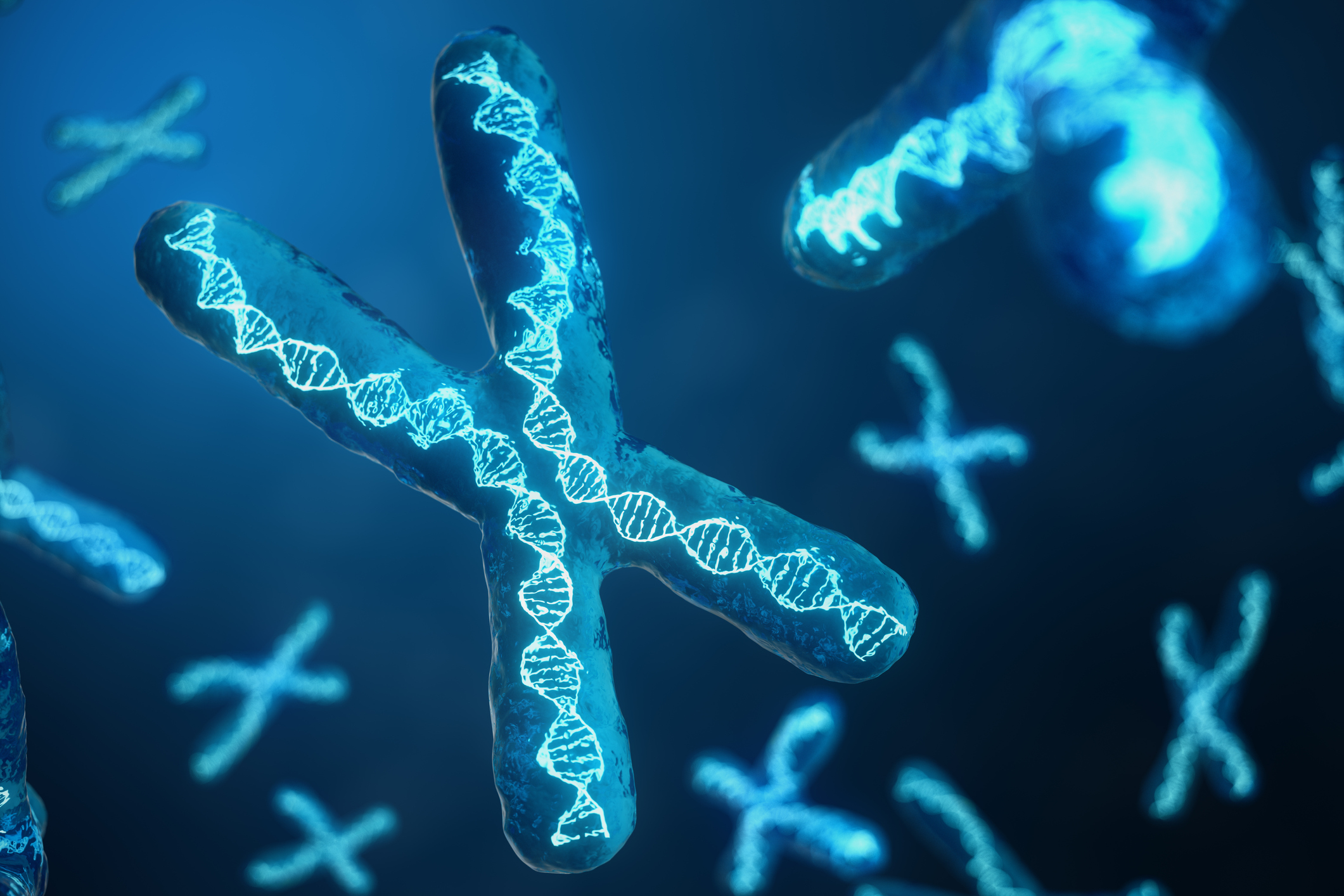April is Fabry Awareness Month, which brings attention to a rare disease that affects about 1 in 100,000 people. So, what is it? Fabry is an inherited genetic condition, caused by a mutation on the X chromosome in the GLA gene that leads to reduced levels of the enzyme alpha-galactosidase A (AGA) in the body. This means that the body cannot break down a certain type of fat, called globotriaosylceramide (GL-3), which then continues to build-up in a way that causes the blood vessels all over the body to become narrowed. This causes damage to tissues and organs, including your kidneys!
It affects both men and women, and there are two main forms of Fabry disease: a classical (severe) form, which impacts health beginning in childhood, and a non-classical (mild) form that leads to early kidney and heart disease but starts later in life.
Early diagnosis of Fabry disease is helpful for many reasons, including management of symptoms (which vary from one person to another) but also for reducing the risk of further problems and possible early diagnosis of family members.
For more information on Fabry disease, visit the Fabry International Network website: https://www.fabrynetwork.org/what-is-fabry/
For additional resources related to Fabry and kidney disease, see our page Causes of Kidney Disease, watch our webinar Genetic Causes of Kidney Disease, or check out Issue 4 and Issue 7 of our Kidney Citizen newsletter for first hand stories of patients with Fabry disease.




